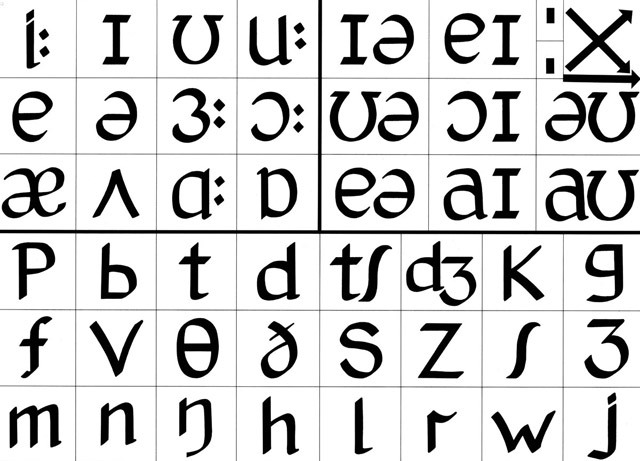"Pronunciation is the major contributor to successful spoken communication, and how anyone learning a language can expect to be understood with poor pronunciation skills is outside of our comprehension." (Setter & Jenkins, 2005, p. 13)
Kapitola obsahuje:
2
PDF
3
Web
Učitel doporučuje studovat od 19. 2. 2024.
Permanent display of the chart The chart is designed for permanent display at the front of the classroom, so that it can be referred to at any moment during any lesson, and for a variety of different purposes (eg presenting, practising and diagnosing learners’ perceptions of sounds, reshaping sounds, learning vocabulary, etc). (Underhill, 1994, p. x)
Kapitola obsahuje:
1
Odevzdávárna
1
PDF
4
Web
Učitel doporučuje studovat od 26. 2. 2024.
Teaching individual segments / phonemes - vowels and consonants
Kapitola obsahuje:
1
PDF
Učitel doporučuje studovat od 4. 3. 2024.
Kapitola obsahuje:
2
PDF
2
Web
Učitel doporučuje studovat od 11. 3. 2024.
Kapitola obsahuje:
5
PDF
1
Web
Učitel doporučuje studovat od 18. 3. 2024.
Kapitola obsahuje:
7
Web
Učitel doporučuje studovat od 25. 3. 2024.
Kapitola obsahuje:
3
Web
Učitel doporučuje studovat od 8. 4. 2024.
Kapitola obsahuje:
2
PDF
3
Web
Učitel doporučuje studovat od 15. 4. 2024.
Učitel doporučuje studovat od 22. 4. 2024.
Týden 10
11n
Předchozí
